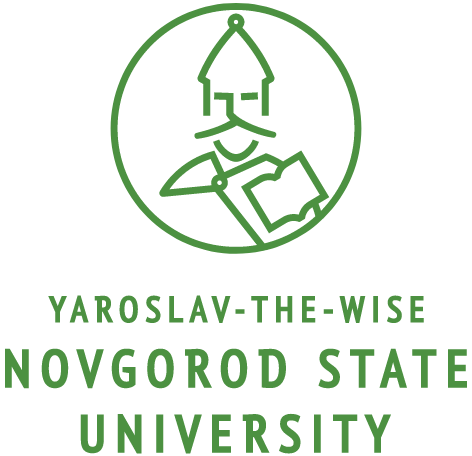Political onomastics
DOI:
https://doi.org/10.34680/VERBA-2022-1(3)-18-27Keywords:
political onomastics, politonymy, political onym, precedent toponym, political, political anthroponymAbstract
The article aims to determine the boundaries of the political onomasticon and proposes its structural model. It is shown that the onomastic space is constantly evolving, a new onomastic field is found within it – politonymy, which is a combination of all the names of socio-political life – political onyms. An attempt was made to single out isolated onymic groups (classes) within this field, taking into account the type of the object endowed with the name. It is noted that each class is an organized set of onyms characterized by a number of linguistic and extralinguistic features, as well as certain functions performed in political discourse. With such a classification, the political onomasticon is represented by such social and political onyms as political anthroponyms (names of political and public figures), political ergonyms (names of political parties and associations), political chrematonyms (names of various kinds of socio-political events), as well as political (precedent) toponyms. At the same time, two types of nominations are distinguished within the layer of names of political events including geortonyms and actonyms. It is shown that each of the considered layers is unique from the point of view of their onomastic nature and demonstrates a number of structural and semantic features. It is noted that when classifying a political onomasticon, it is possible to take into account the parameters of both linguistic and extralinguistic nature including the attribution of names to certain languages, territories, time periods, social and political transformations, the official or unofficial status of onyms, their use within the framework of domestic or foreign policy. In the conclusion, the prospects of studying the political onomasticon in order to expand scientific ideas about this category of onomastic units and about political onomastics in general as a separate area of onomastic research are pointed out, and the general tasks of political onomastics are outlined.
Downloads
Downloads
Published
How to Cite
Issue
Section
License
Copyright (c) 2022 Verba

This work is licensed under a Creative Commons Attribution-NonCommercial 4.0 International License.








